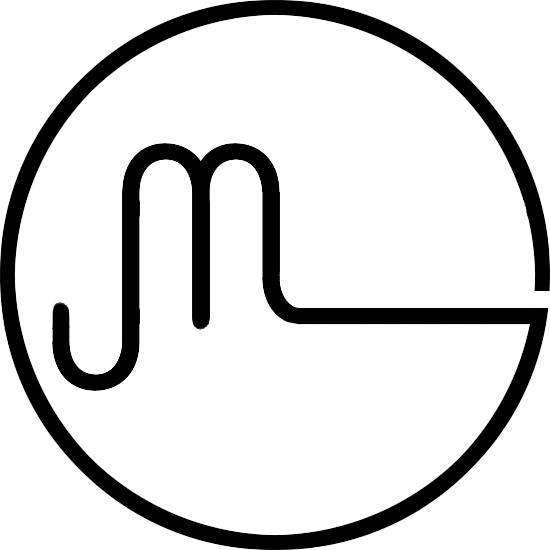Foot Pain After a Big Hike? Don’t Ignore Peroneus Longus Tendon Irritation
You made it through a long hike or charity walk—only to find your foot aching later, especially when you lift it or roll onto the side. That deep, grinding or snapping sensation under your arch or near the outer sole might point to a peroneus longus tendon irritation, a condition that often flies under the radar.
What Is the Peroneus Longus Tendon?
The peroneus longus is a key lateral leg muscle whose tendon wraps behind the outer ankle, under the foot, and inserts at the base of the first metatarsal and medial cuneiform. Its role? Stabilising the lateral ankle and helping maintain the arch during walking and push-off.
Why It Gets Irritated After Long Walks
Untrained long-distance walking (e.g. 50–100 km) can lead to:
Tendon overload, especially on uneven terrain
Fatigue of intrinsic foot stabilisers
Rolling or flattening of the arch under load
Excessive pronation or forefoot pressure over time
Symptoms of Peroneus Longus Irritation
Aching or grinding sensation in the lateral plantar region
Pain during dorsiflexion or when rolling through the foot
Local tenderness around the cuboid or outer midfoot
Possible snapping or crepitus along the tendon path
Healing Timeframe
Mild tendinopathies may resolve within 6 to 8 weeks, while chronic or persistent cases (especially involving subluxation or cuboid impingement) may take 3 to 6 months.
Taping for Lateral Foot Support
Using low-dye or lateral foot taping, we can offload strain from the peroneus longus and support the arch:
Reduces pronation
Unloads the cuboid tunnel
Minimises shear along the tendon
Osteopathic Support for Recovery
At Jo Martin Osteopathy, treatment is aimed at:
Releasing calf and fibularis tension
Correcting cuboid and fibular head mobility
Addressing pelvic or gait asymmetry
Providing tailored strength and control exercises (e.g. isometric foot eversions, short foot drills)
Home Care Tips
Avoid barefoot walking or flat shoes during recovery
Apply ice post-activity to reduce inflammation
Try gentle plantar fascia mobilisation and toe spreading exercises
Use arch-supportive footwear or orthotics temporarily
Conclusion
Peroneus longus irritation is more common than you think—especially after a long, untrained walk. With targeted osteopathic treatment and the right taping strategy, recovery can be smooth, and your feet can return to full strength without long-term issues.
References
Sobel, M., Pavlov, H., Geppert, M.J., Thompson, F.M., & DiCarlo, E.F. (1993). Microvascular anatomy of the peroneal tendons. Foot & Ankle, 14(8), 448–452. https://doi.org/10.1177/107110079301400803
Arangio, G.A., & Salathe, E.P. (2001). A biomechanical analysis of the support structures of the lateral side of the ankle joint. Foot & Ankle International, 22(7), 583–587. https://doi.org/10.1177/107110070102200709
Ferran, N.A., & Maffulli, N. (2006). Epidemiology of sprains of the lateral ankle ligament complex. Foot and Ankle Clinics, 11(3), 659–662. https://doi.org/10.1016/j.fcl.2006.07.002
Ryan, J.D., & Rodriguez, J. (2018). Tendinopathy of the peroneus longus. In: Easley, M.E., & DeLee, J.C. DeLee & Drez's Orthopaedic Sports Medicine, 5th ed., Elsevier.
Clanton, T.O., Haytmanek, C.T., & Williams, B.T. (2014). Chronic lateral ankle instability: Surgical treatment options. Journal of the American Academy of Orthopaedic Surgeons, 22(10), 601–609. https://doi.org/10.5435/JAAOS-22-10-601
Saxena, A. & Fullem, B. (2004). Peroneal tendon injuries: An evaluation of 49 surgical cases. Journal of Foot and Ankle Surgery, 43(5), 276–282. https://doi.org/10.1053/j.jfas.2004.06.003
Cheung, R.T.H., & An, W.W. (2017). Effects of footwear on foot motion during walking and running. Journal of Foot and Ankle Research, 10(1), 3. https://doi.org/10.1186/s13047-017-0184-z
